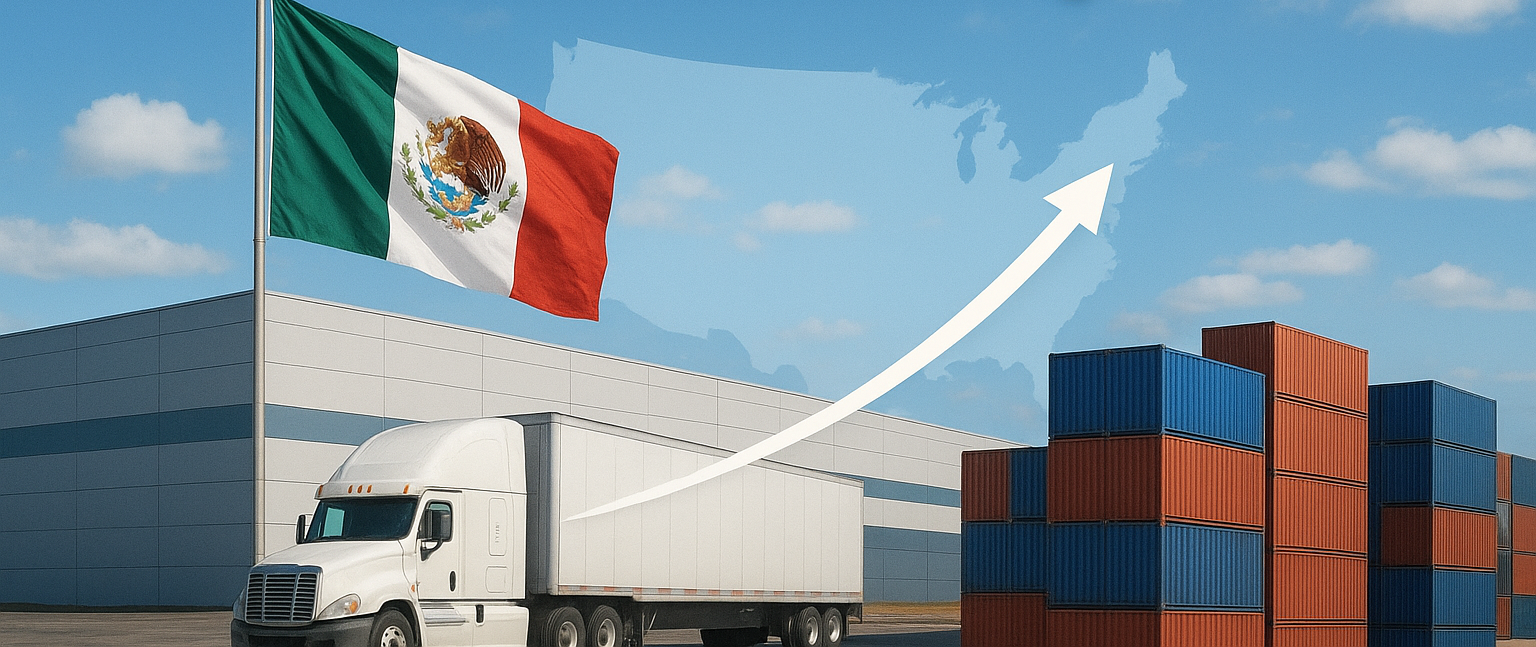
18 Sep Mexico faces the second wave of nearshoring
The nearshoring boom reshaped Mexican industry after the pandemic, but factors such as tariff uncertainty and a lack of infrastructure investment have slowed the pace. Even so, Mexico maintains strategic advantages: a 3,000-km border with the US, a young market, and experience in key sectors such as the automotive industry.
The industrial market shows contrasts: while Mexico City and Toluca remain dynamic, regions such as Tijuana and Ciudad Juárez face oversupply and falling rents. The lack of energy infrastructure and security issues have become decisive factors for new investment.
Despite the slowdown, experts project a second wave of nearshoring. The tariff situation could favor Mexico over competitors, and sectors such as automotive, food, and electronics offer great potential. The central challenge will be to regain the certainty that will allow it to attract foreign capital, strengthen supply chains, and consolidate Mexico as a global industrial destination.
Source: El Economista, August 28 https://es-us.noticias.yahoo.com/inici%C3%B3-ola-nearshoring-m%C3%A9xico-205110361.html
